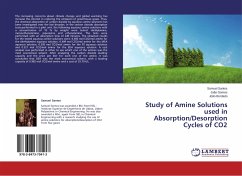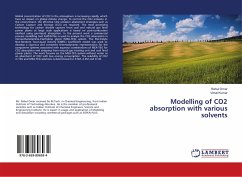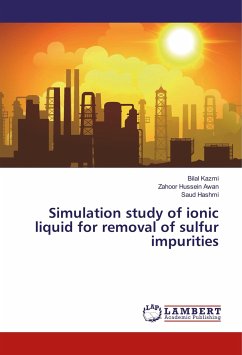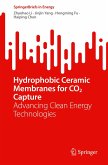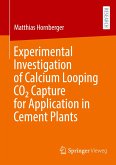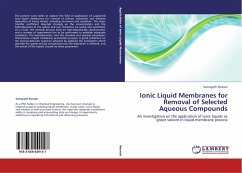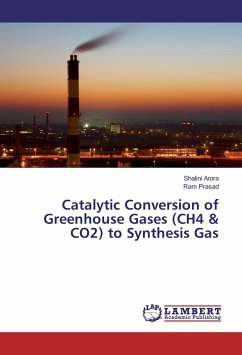Humans have greatly intensified the natural greenhouse effect. Higher GHG emissions increase and imbalance the amount of energy reradiated to the earth which leads the land temperature to rise. Thus the CO2 emission is recognized as a main driver for global warming. A major concern for the world today is the risk of global warming arising from the growing CO2 emissions. CCS techniques are efficient and effective ways to mitigate these emissions. It is generally agreed that CO2 emissions from the point sources can be controlled by gas-liquid absorption process. Focus on the improvement of absorbent process for efficient CO2 capturing becomes an important issue. Compared with the amine-based methods, absorption of CO2 by certain ILs have several advantages due to their attractive properties. CO2 absorption in non-functionalized ILs generally takes place by physical absorption. While functionalization ILs takes advantage of good CO2 solubility via both physical and chemical absorptions. The physical and chemical properties of the FILs can be adjusted for a better CO2 capturing in an industrial scale and these properties are crucial for process engineering and equipment design.
Bitte wählen Sie Ihr Anliegen aus.
Rechnungen
Retourenschein anfordern
Bestellstatus
Storno

![Amine functionalized[Amim][Tf2N] ionic liquid properties & CO2 absorption - Zareiekordshouli, F.;Lashanizadehgan, A.;Darvishi, P. Amine functionalized[Amim][Tf2N] ionic liquid properties & CO2 absorption - Zareiekordshouli, F.;Lashanizadehgan, A.;Darvishi, P.](https://bilder.buecher.de/produkte/48/48432/48432870n.jpg)
